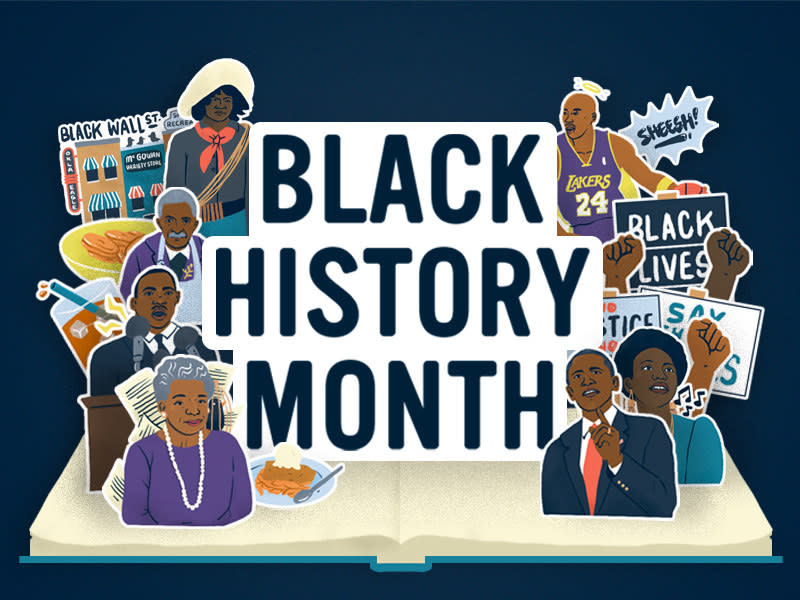20 Behind-The-Scenes Facts From Spike Lee's Career That'll Fascinate And Inspire You
1.While he was a graduate student at the New York University Tisch School of the Arts, Spike Lee directed and wrote the hourlong film Joe's Bed-Stuy Barbershop: We Cut Heads for his master's thesis. It not only won a Student Academy Award, but was also the first student film to ever be screened at the Lincoln Center festival New Directors/New Films.
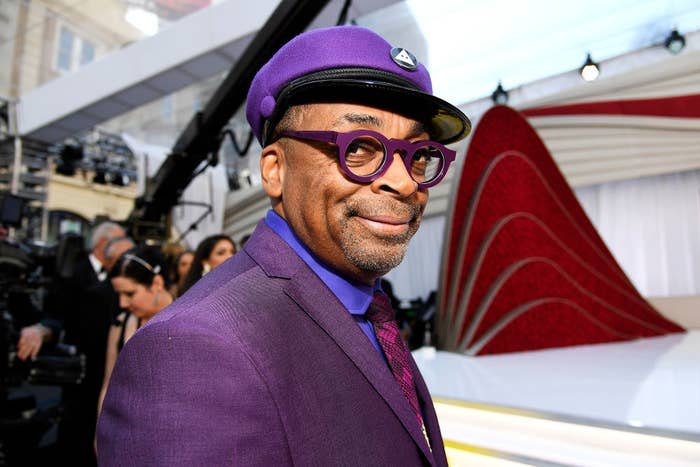
Lee's assistant director was Ang Lee, a fellow Tisch student and a future three-time Oscar winner.

2.She's Gotta Have It, Lee's first full-length joint, was filmed in 12 days on a budget of $175,000. Lee had to raise extra funds to finish the movie after starting with only $28,500 from three different grants; he earned the money he needed by showing the rough cut of the film to investors, friends, families, and colleagues in the artistic community, in the hopes that they would be inspired to donate. Sure enough, they were.
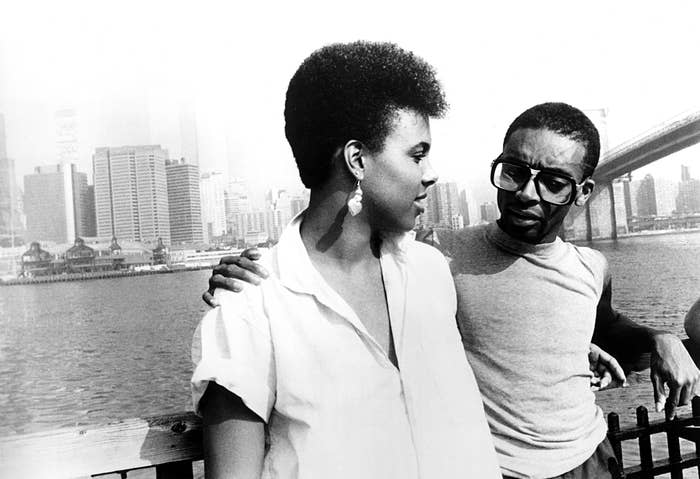
(Also, that's Spike Lee himself. He starred as Mars Blackmon in the film.)
One reporter who was at such a screening wrote that after the film finished, Lee stood up and said, "I'm Spike Lee and I hope that you liked the film, and I'll be calling you soon about becoming financially involved in helping us complete it." According to Box Office Mojo, She's Gotta Have It grossed over $7 million at the box office.
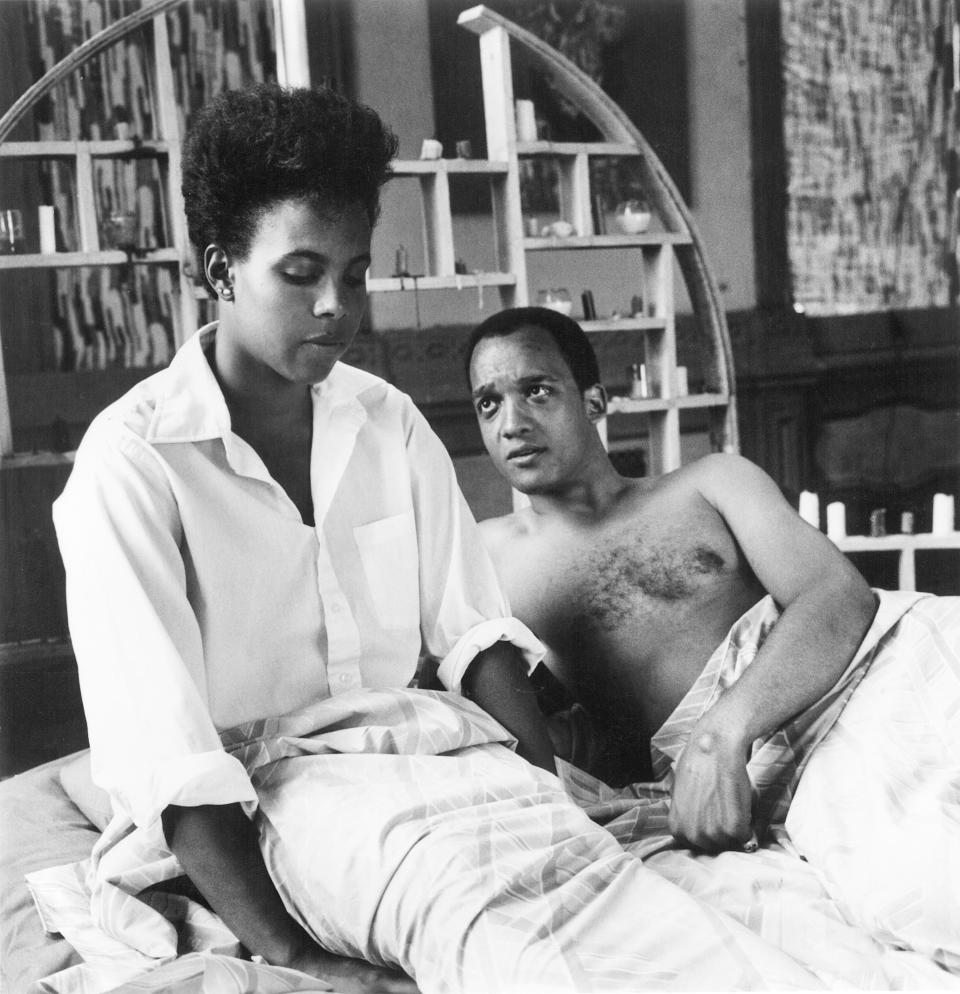
3.Lee wrote the first draft of the screenplay for Do the Right Thing in two weeks. He told Rolling Stone, "I’d wake up in the morning and write three or four hours, then I’d quit, carry on with the rest of the day, and come back the next morning."

(That's Spike Lee again, as protagonist Mookie.)
Of the title, Lee said, "I had the title before I had anything. I just loved that saying. I had grown up hearing it in Brooklyn: 'Do the right thing, do the right thing.'"
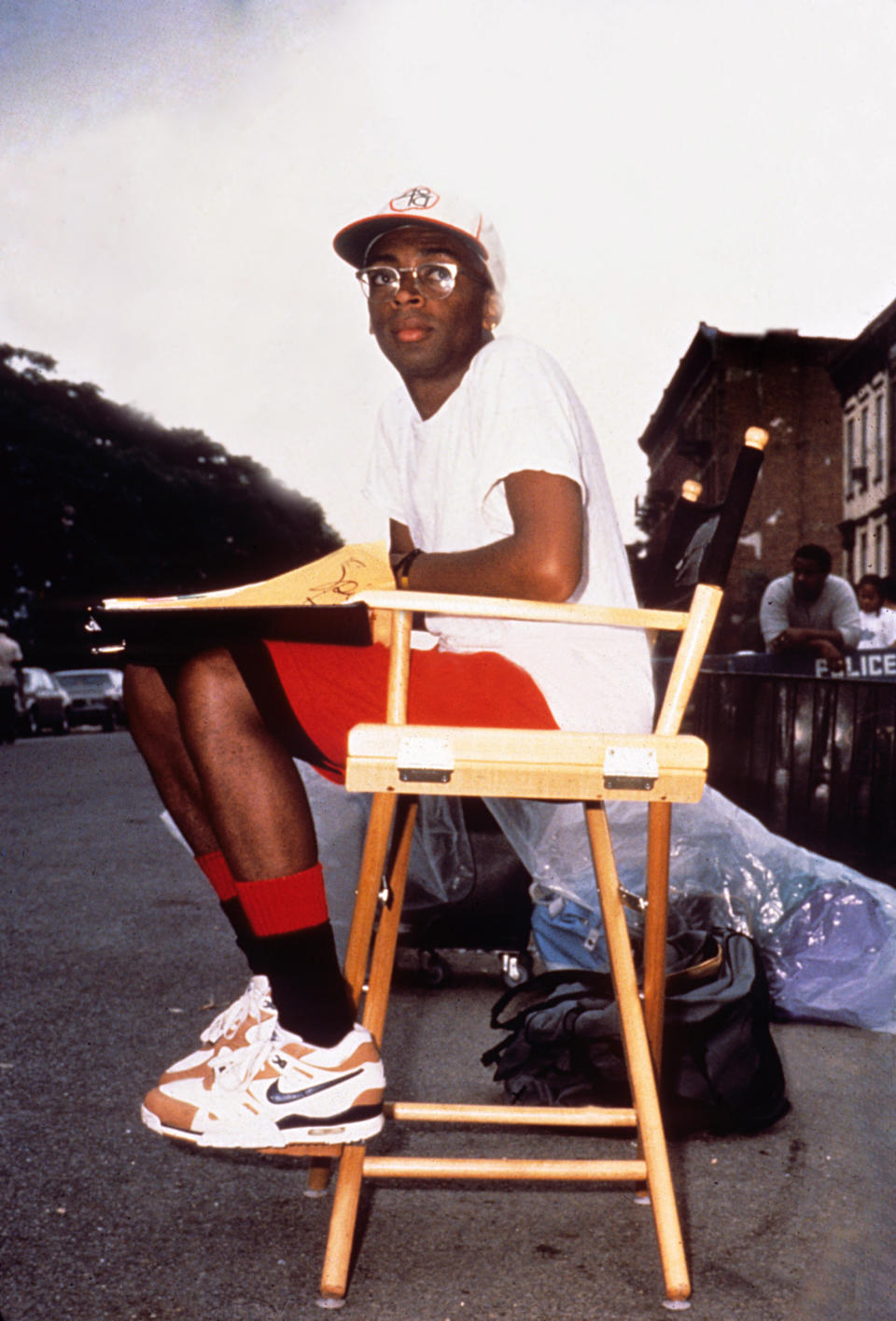
Also, here's an additional fun fact for you: Barack and Michelle Obama saw Do the Right Thing on their first date.

4.In the same Rolling Stone interview, Lee recalled that he wanted the temperature of the single sweltering summer day in which the film takes place to emanate off the screen. He said, "We wanted audiences to feel the heat. I wanted people to be sweating from watching this film, even though they might be seeing it in air conditioning. Everybody used their skills to convey that feeling of heat. We painted that red wall."
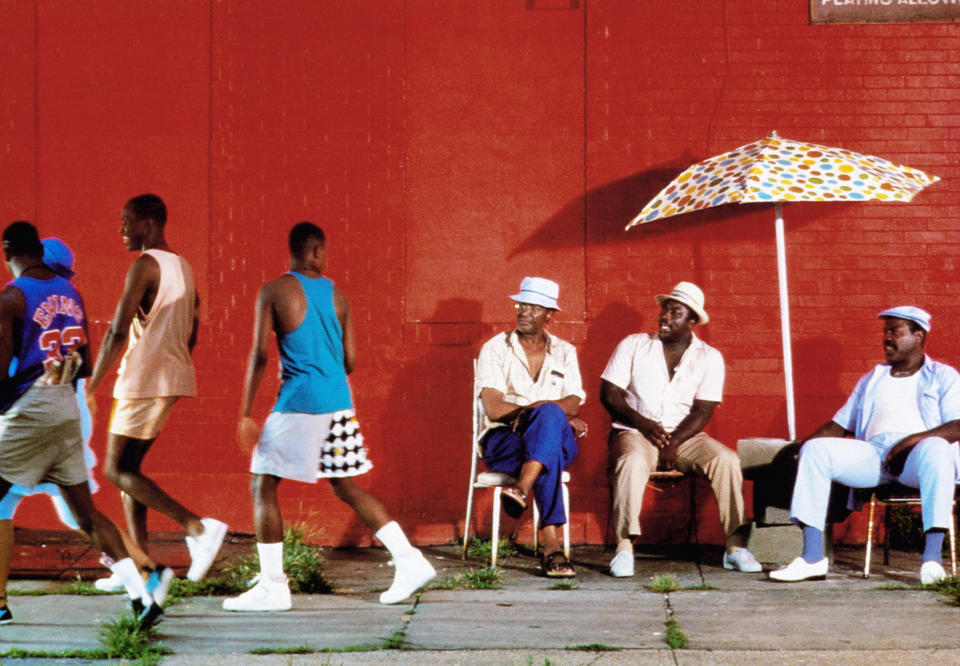
Lee went on, "In many shots, our great cameraman Ernest Dickerson would put a butane lighter underneath the lens."
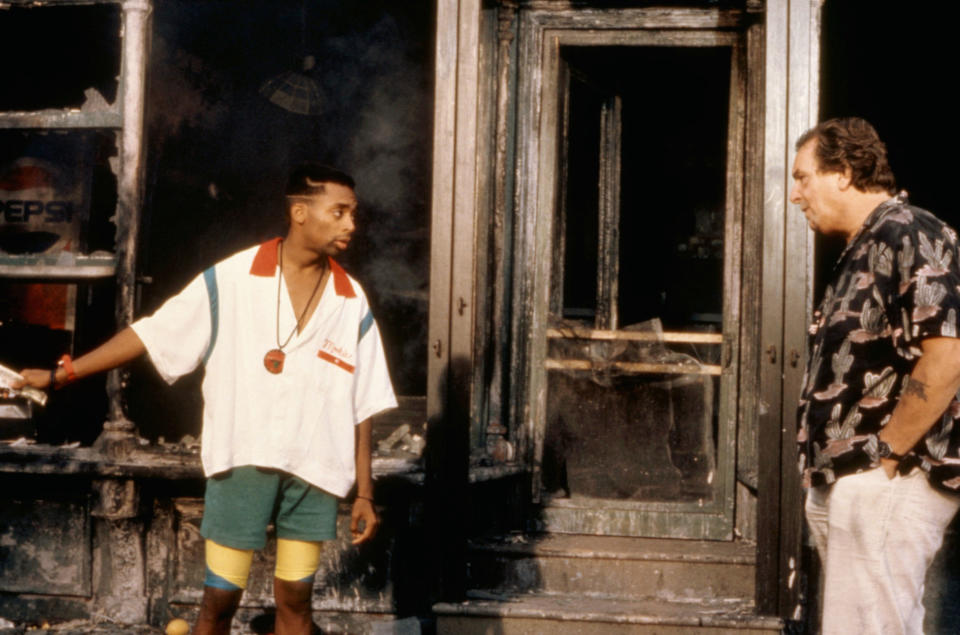
5.In an interview with the Hollywood Reporter, costume designer Ruth E. Carter recalled that a T-shirt worn by Do the Right Thing's Radio Raheem reading "Bed-Stuy Do or Die" featured a prominent typo in its first incarnation, which no one noticed until the scenes featuring it were already shot.

Said Carter, "We wanted to show the sense of a neighborhood and pop culture and all the colors of Afro-future culture within this African diaspora in Brooklyn. I imported a local artist, NaSha, to paint Radio Raheem’s ‘Bed Stuy Do or Die’ shirt. But when we painted it the first time, we spelled ‘Bed-Stuy’ wrong as ‘Bed-Sty' and they had already shot it, so we had to look at the footage and redo the T-shirt!"

6.Malcolm X was the first movie allowed to film in the Muslim holy city of Mecca. After getting permission from the then-King of Saudi Arabia, Fahd bin Abdulaziz Al Saud, Lee sent an all-Muslim film crew to get footage of religious pilgrims.
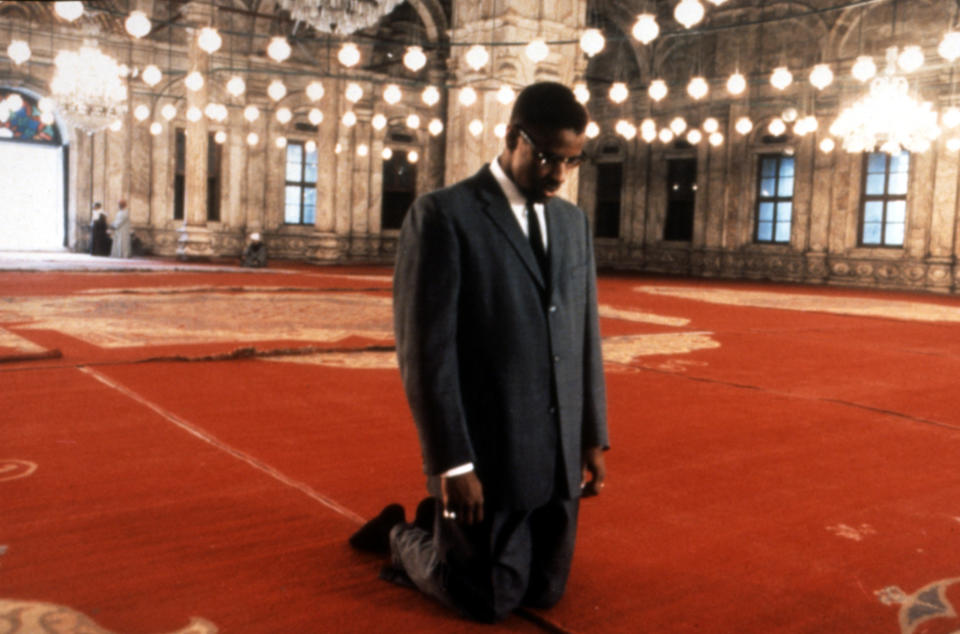
According to the Christian Science Monitor, Lee himself was unable to go to Mecca, since non-Muslims are not allowed to enter the holy city. In an interview with the outlet, Lee said that the Saudi government "realize[d] that millions and millions of people are going to see this film, and this will be their first introduction to Islam." About depicting a religion onscreen, he said, "It's no joke. You can't mess up. It's not just Islam; look what they did to Martin Scorsese — they wanted to hang him for The Last Temptation of Christ."
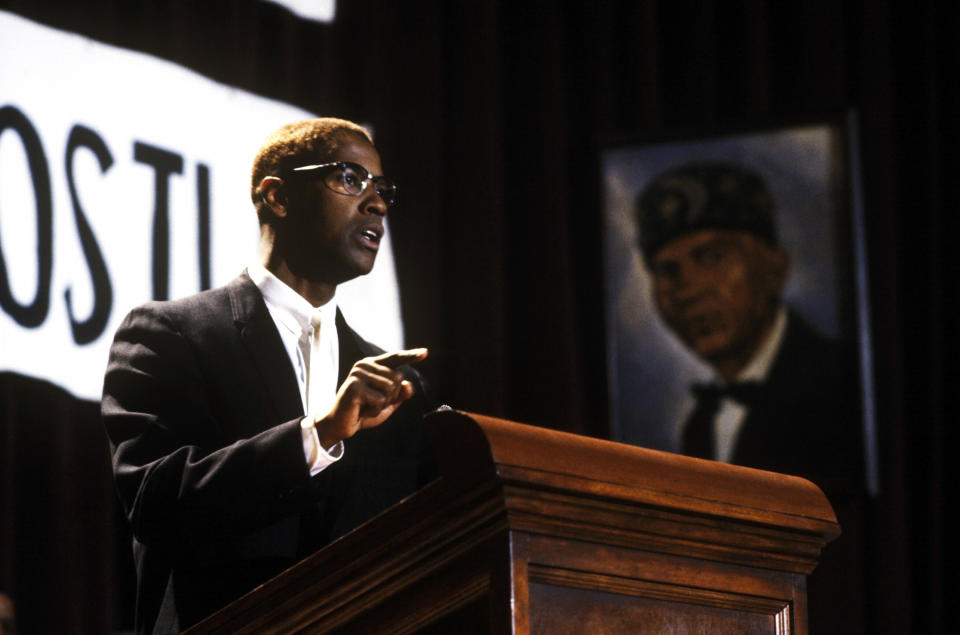
7.Before Malcolm X was released, Lee told press outlets that he would prefer it if Black journalists interviewed him about the movie. This caused controversy at the time, but Lee told the New York Times, "I'm doing what every other person in Hollywood does: They dictate who they want to do interviews with. Tom Cruise, Robert Redford, whoever. People throw their weight around. Well, I get many requests now for interviews, and I would like African-Americans to interview me."

He went on, "Spike Lee has never said he only wants Black journalists to interview him. What I'm doing is using whatever clout I have to get qualified African-Americans assignments. The real crime is white publications don't have Black writers, that's the crime." Lee said that Vogue, Interview, Rolling Stone, and Premiere had all agreed to his request; the Los Angeles Times didn't, explaining to the New York Times that they didn't "give writer approval."
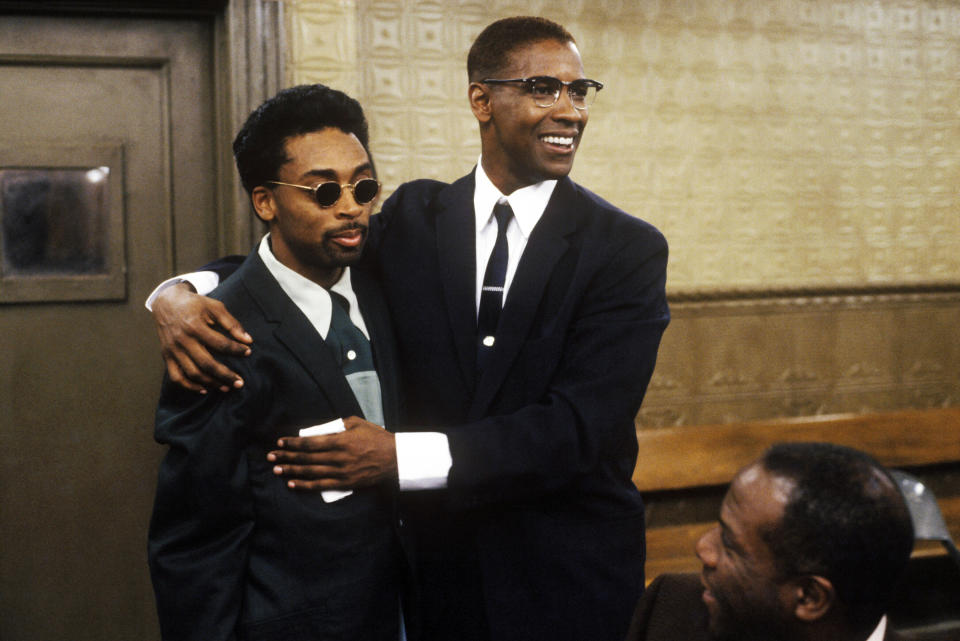
(Spike Lee stars as Shorty, a friend of Malcolm X's, in the movie.)
Lee said, "If newspapers or magazines can't find a Black writer to write about Malcolm X, then what's the point? Don't tell me Black writers don't have more insight about Malcolm than white writers."
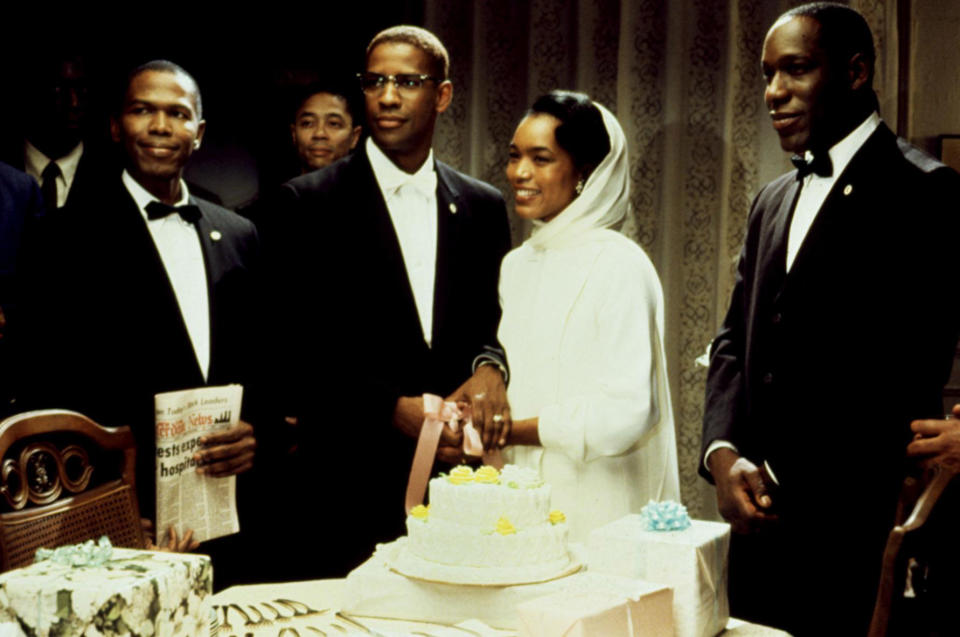
8.While shooting a sequence in Crooklyn wherein the Brooklyn-raised Troy is sent to live in the distinctly un-Brooklyn-like Virginia, Lee used a unique filming technique to make the scene look as strange and distorted to the audience as Virginia looks to Troy.

Lee told the New York Times, "When that film came out, people were knocking on the projectionist’s window shouting, ‘Hey! What’s up with this? What’s wrong with the screen?’ Then eventually Universal had to put signs up explaining it." This is an example of what Lee calls a "Spikeism," or one of his instantly recognizable and unique stylistic touches.
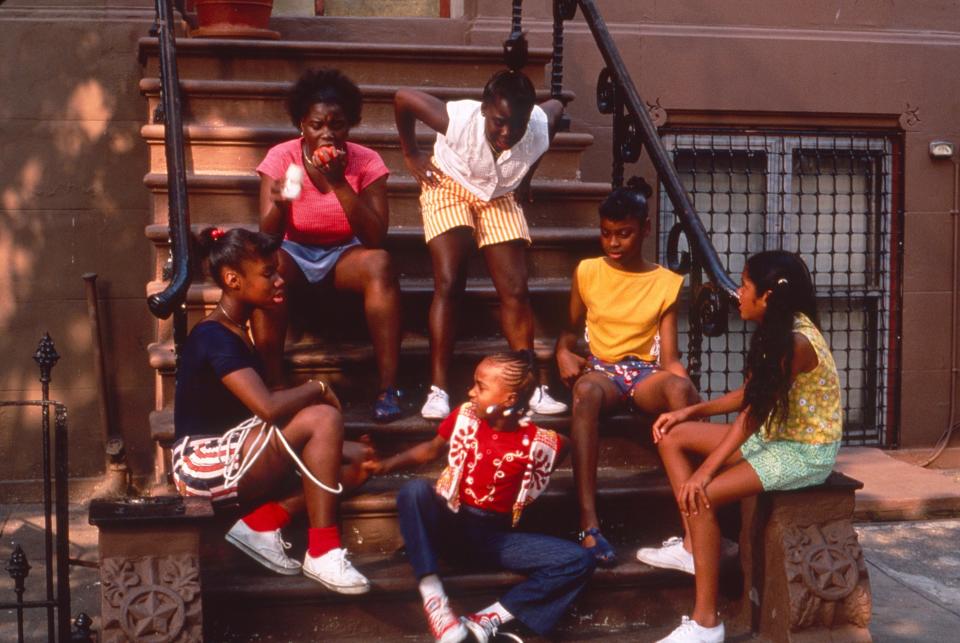
9.Clockers was originally supposed to be directed by Martin Scorsese, but he left the project to direct Casino instead. According to the Irish Times, Scorsese suggested Spike Lee for the job. When he took over, Lee altered the script to focus more on Strike, a Black drug dealer (or clocker), in addition to Rocco, a white detective.

When Scorsese was directing, Robert De Niro was supposed to star as Rocco. But De Niro left the project too. Lee told the New York Times, "No disrespect for De Niro, but when he left, I was able to change the focus." Lee told the Irish Times, "I wanted to do it from a different point of view."
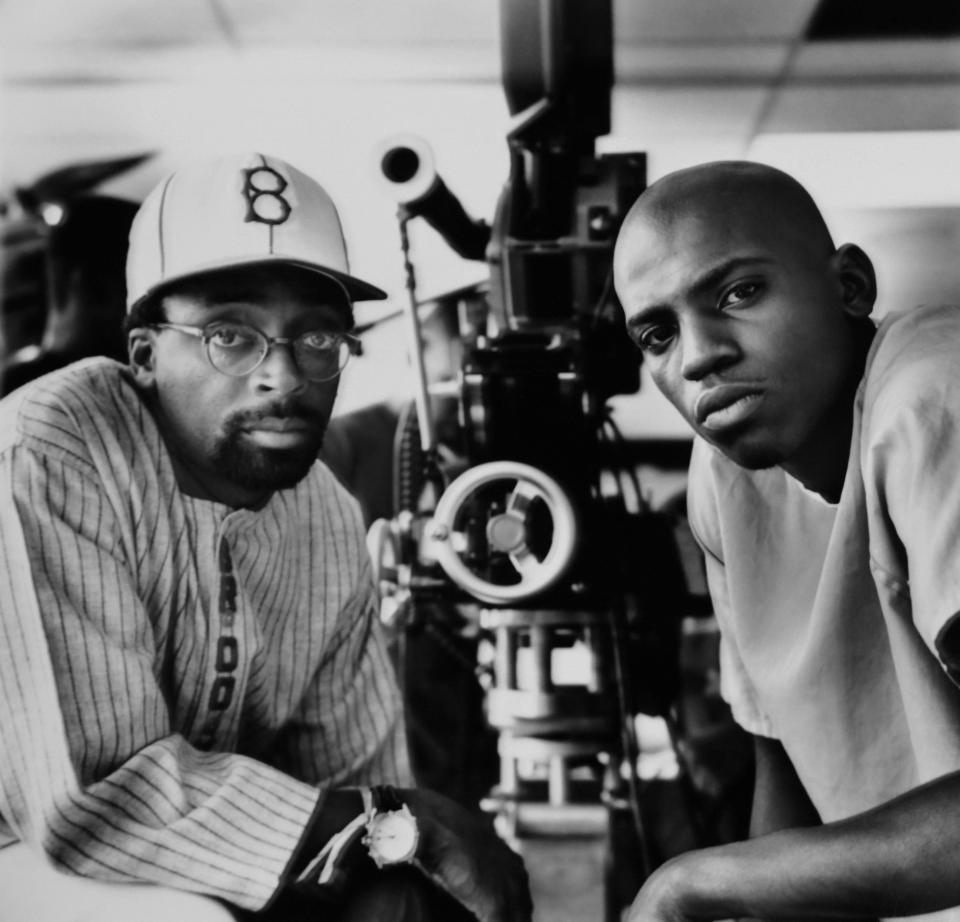
10.David Benioff, who wrote both the 2002 drama 25th Hour and the 2001 novel on which it was based, initially cut a profane monologue in which the protagonist rants about all five boroughs of New York City. But when Spike Lee came on as the director, he insisted that Benioff include the monologue.
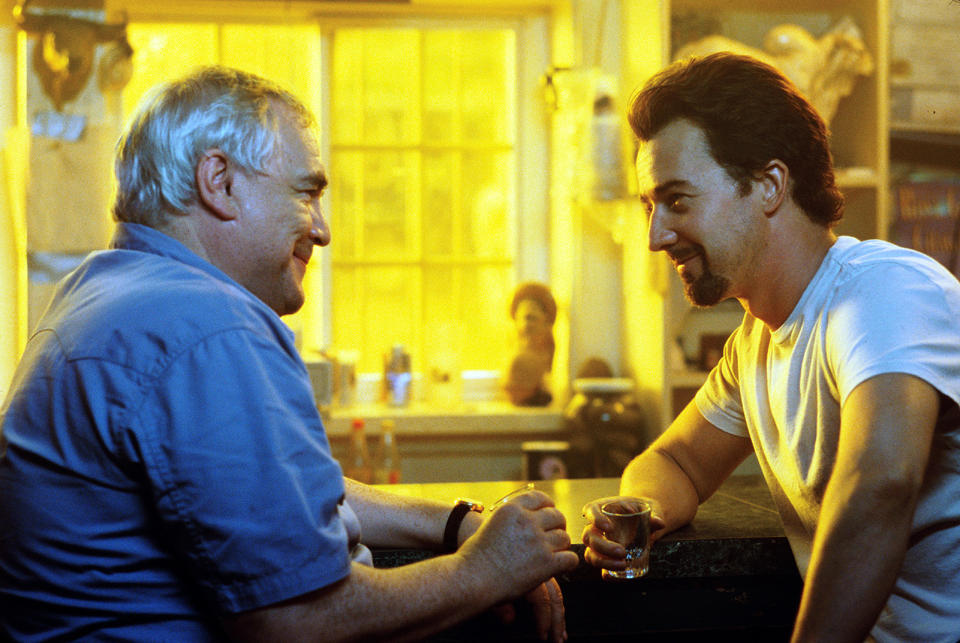
In an essay for the Guardian, Benioff wrote, "Spike wanted the monologue in the script, which I'd avoided because it seemed non-dramatic. But he convinced me it could be filmed in a powerful manner, and I wrote the scene." Executives at Disney, which produced the film, asked to cut the "fuck monologue," as Benioff nicknamed it, but "Spike resisted by just shooting the damn scene."
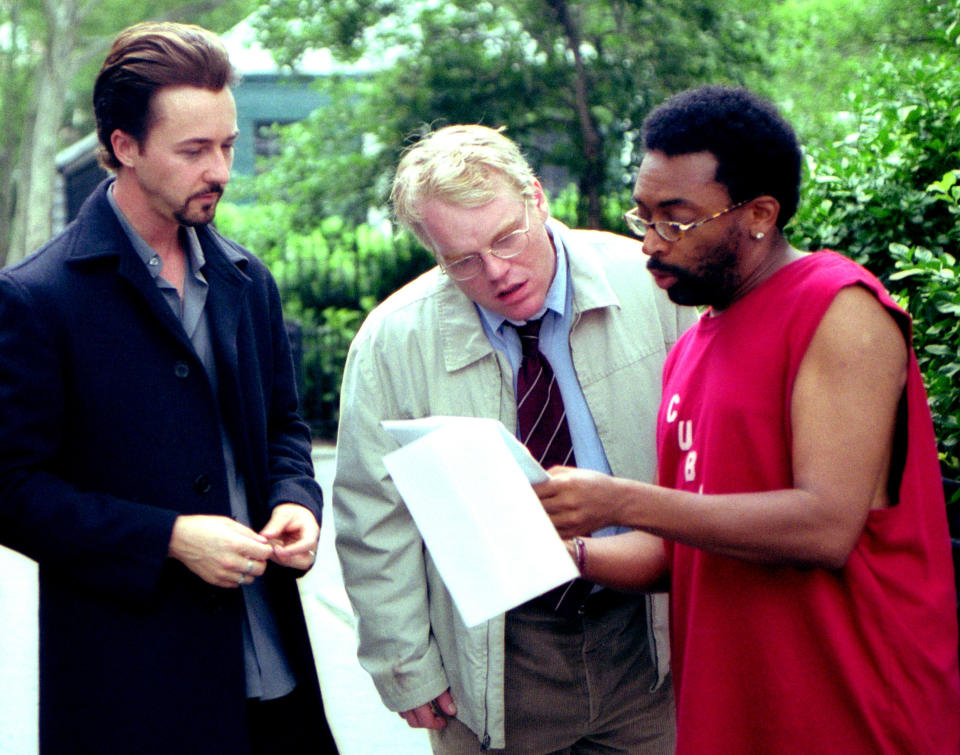
11.Two of Lee's uncles served in World War II, and he grew up as an avid watcher of films set during the war. This inspired a lifelong ambition to craft a war epic of his own, which resulted in the 2008 film Miracle at St. Anna. Lee told the Los Angeles Times, "I’ve wanted to make a World War II film since I wanted to be a filmmaker. Everything I have done up to this point has prepared me to make something this epic in size and scope."

In the same interview, Lee said, "In World War II movies, rarely do you see Black men in the picture at all, never mind being heroic. I have problems with this mythology. To this day, I still do. And if people have a problem with me because I have a problem with that, I don’t know what to say, because I am not lying." Lee shot one of the scenes, the Sant'Anna di Stazzema massacre, where Nazi soldiers murdered over 500 Italian townspeople, at the site of the real-life tragedy. He said about this, "We could feel the spirits and souls while shooting."
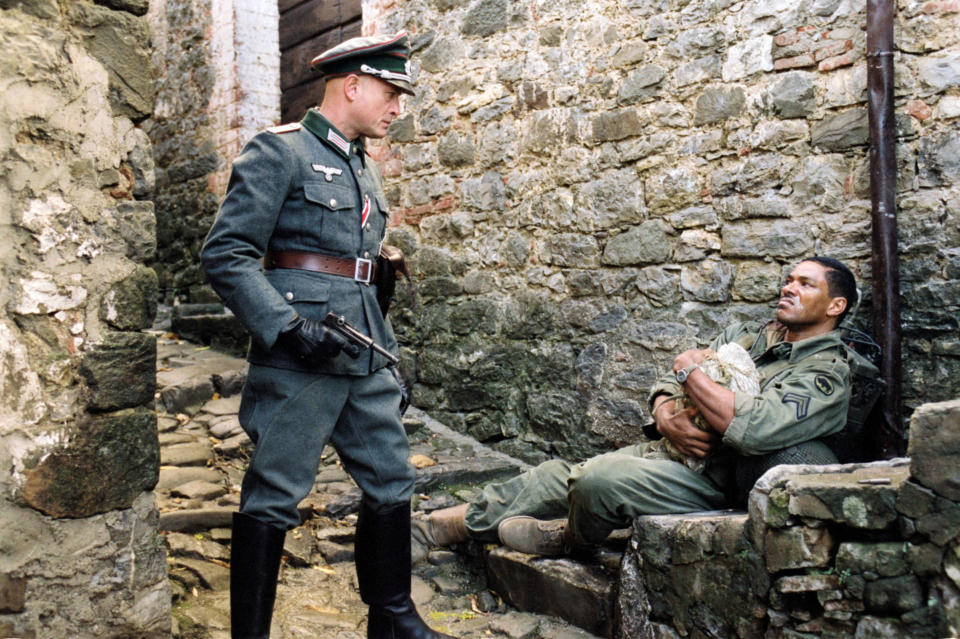
12.Lee told the Washington Post that the "germ" of the idea for Red Hook Summer came from both the fact that he and his co-writer James McBride were raising teenagers who were "all up into crazy stuff," and his love for a certain coming-of-age classic.
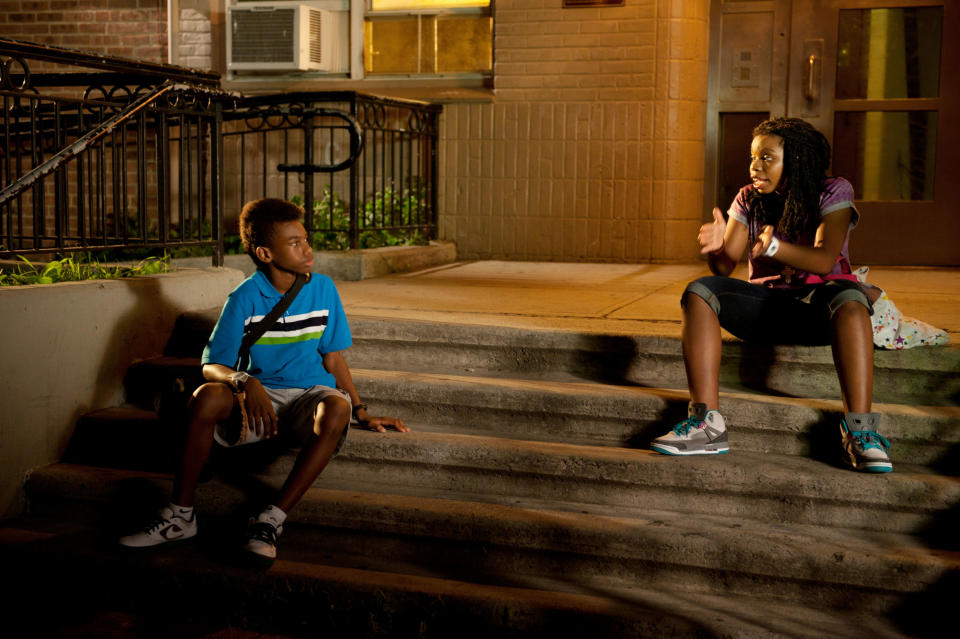
Said Lee, "One of my favorite films is Stand by Me — where is that type of film for young Black kids?"
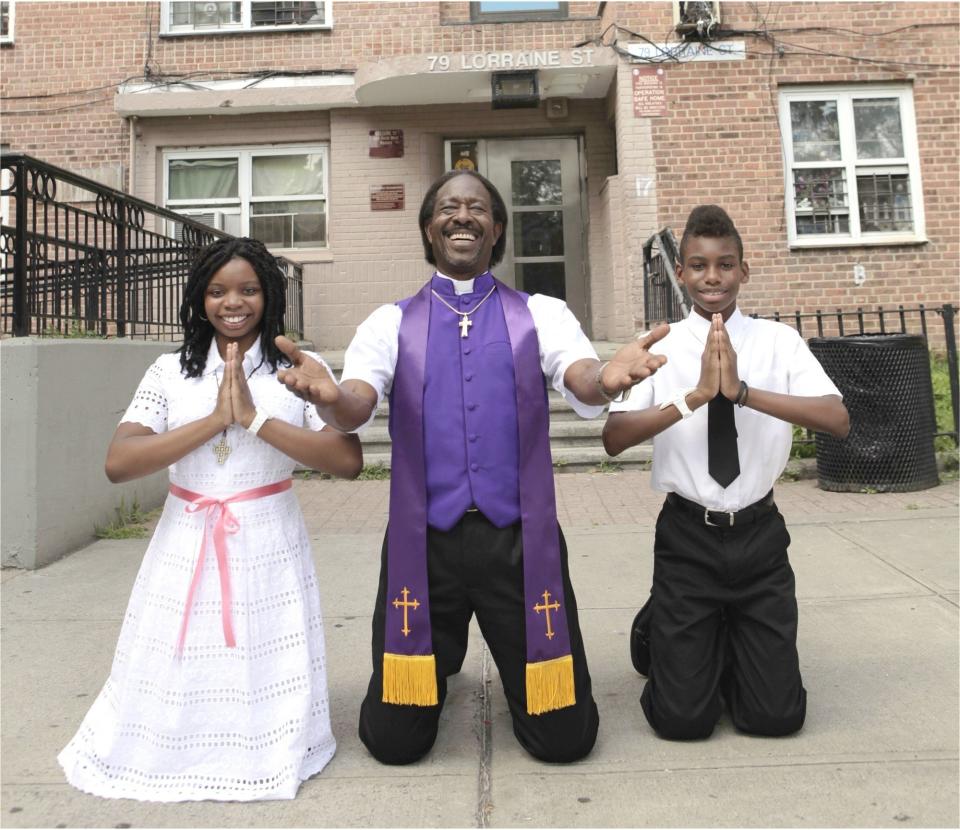
13.Oldboy, Lee's 2013 remake of the 2003 South Korean classic, was originally three hours long, but the studio cut it down to 102 minutes.
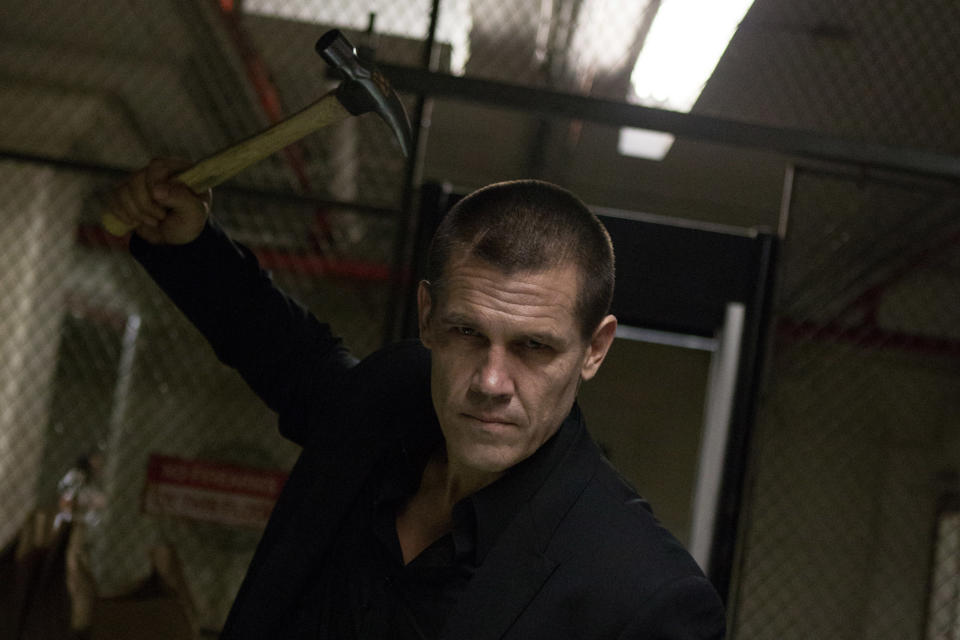
One scene that got edited was a recreation of the original movie's most iconic fight scene; despite its complexity, it was supposed to be filmed in a single shot. While Lee and star Josh Brolin pulled it off after weeks of work, the scene still ended up altered. Lee told the New York Times, "It’s not one shot. There’s a cut in it. Shouldn’t be, but there is a cut. ... There’s no reason to try and even attempt that shot unless it’s a one-take. That’s the scene from the original! That’s the scene!" He characterized the editing process as "tough business."
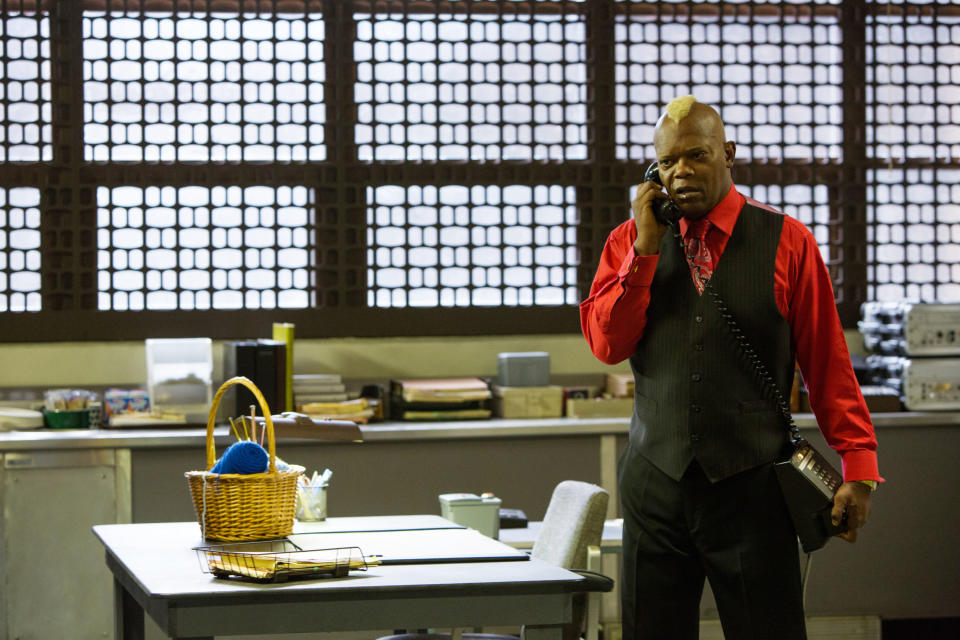
14.Costume designer Ruth E. Carter, who has worked with Lee throughout his career, told the Hollywood Reporter that when she met the director, she was a costume designer for the LA-based Lula Washington’s Dance Theatre, while he had just released She's Gotta Have It. When Lee learned she hadn't designed for film, he told her to design costumes for a student's thesis film.

She followed his advice and soon afterward received a call from Lee. He said to her, "Ruth, this is the man of your dreams!" She recalled, "It was the ‘80s and I responded, ‘Denzel?!’" But no, it was Lee, asking her to design costumes for his movie School Daze. Said Carter, "So I quit my job and I started sketching and drawing."
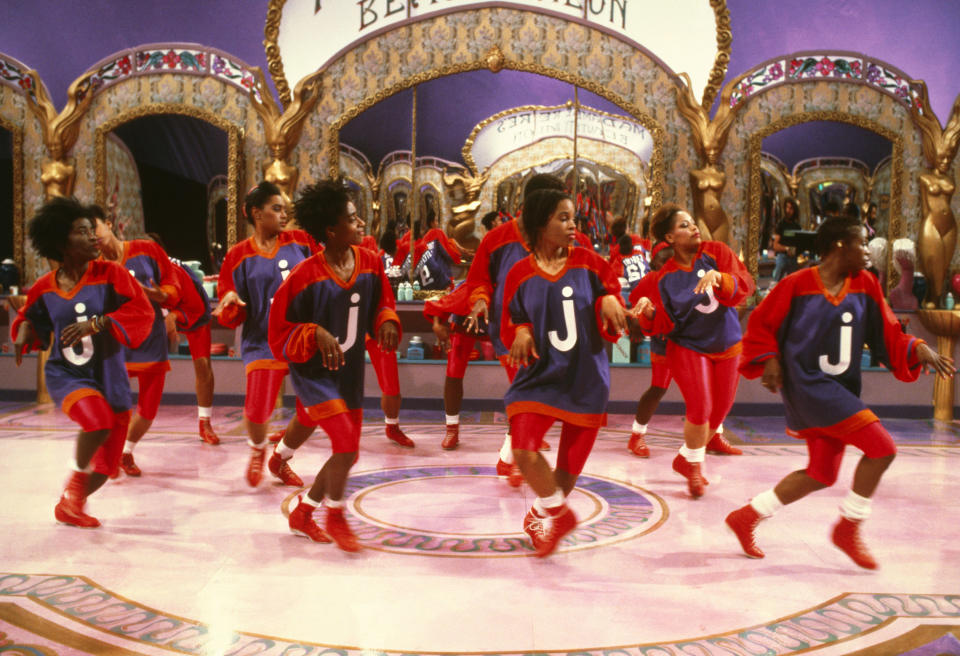
By the way, Carter is the costume designer behind Black Panther, for which she won her first Oscar after two prior nominations. She is the first Black woman to win the Academy Award for Best Costume Design.
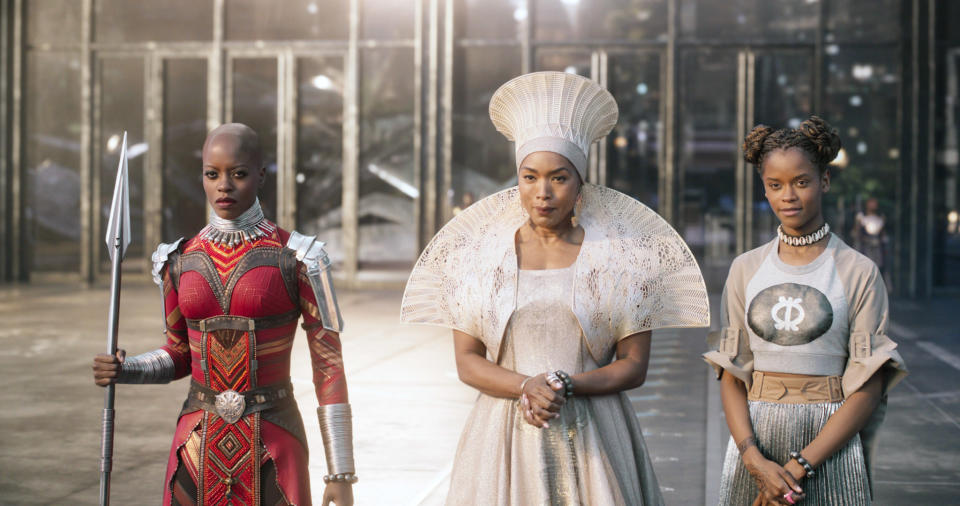
15.The budget for vampire horror Da Sweet Blood of Jesus was raised via the crowdfunding site Kickstarter; the fundraiser for the "Newest Hottest Spike Lee Joint" ultimately earned $1,418,910, with the project initially aiming for $1,250,000.

Lee told Entertainment Weekly that he got the idea to crowdfund a film from his students at NYU, who often used the method to finance their projects. He added that fellow director Steven Soderbergh was the first to pledge $10,000 to the film and earn the prize of sitting next to Lee at a Knicks game. Lee said, "We both come from independent backgrounds and he was helping me out. This came out of nowhere. In fact, that’s the first time that we actually spent any time together since Cannes, and that was 1989."

Pictured is Lee and Soderbergh at a party during the Cannes Film Festival in 1989.
16.Lee told the Chicago Tribune that when he met with Rahm Emanuel, the then-mayor of Chicago, he expressed concerns over the title of Lee's 2015 satire Chi-Raq.

Said Lee, "The mayor objected that the title was going to give Chicago a bad image, that it would hurt tourism, that it would hurt economic development on the South Side. But let's be clear: He never said to me, 'Spike, don't make this film.' What he said was: 'Spike, I like your films. I just don't like the title of this one.'" However, Lee stuck with the title.

About the controversy the film caused in Chicago, Lee said, "Look, people are very sensitive about their home, their neighborhood, their city, their state, their country. I knew that going in. But that wasn't going to stop me from telling the story I wanted to tell."
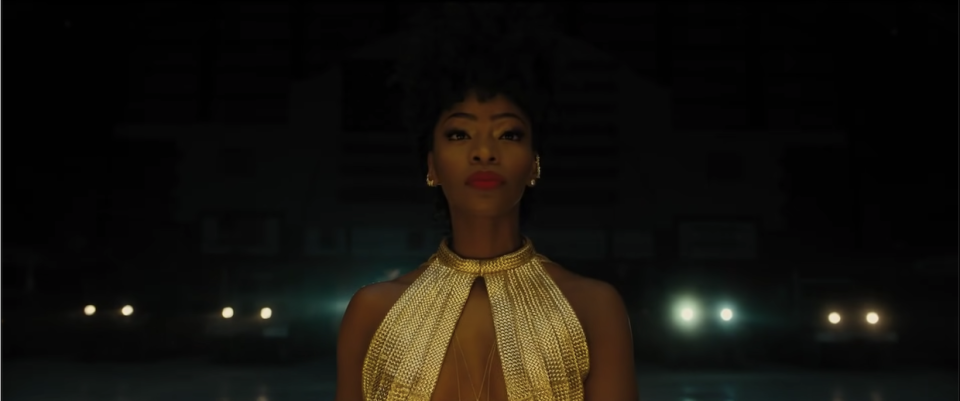
17.At the end of Malcolm X, a series of Black schoolchildren stand and declare, "I am Malcolm X!" One of these children is John David Washington, the son of Denzel Washington, who played Malcolm X in the film. In 2018, John David Washington would again work with Spike Lee when he played Detective Ron Stallworth, the protagonist of BlacKkKlansman.
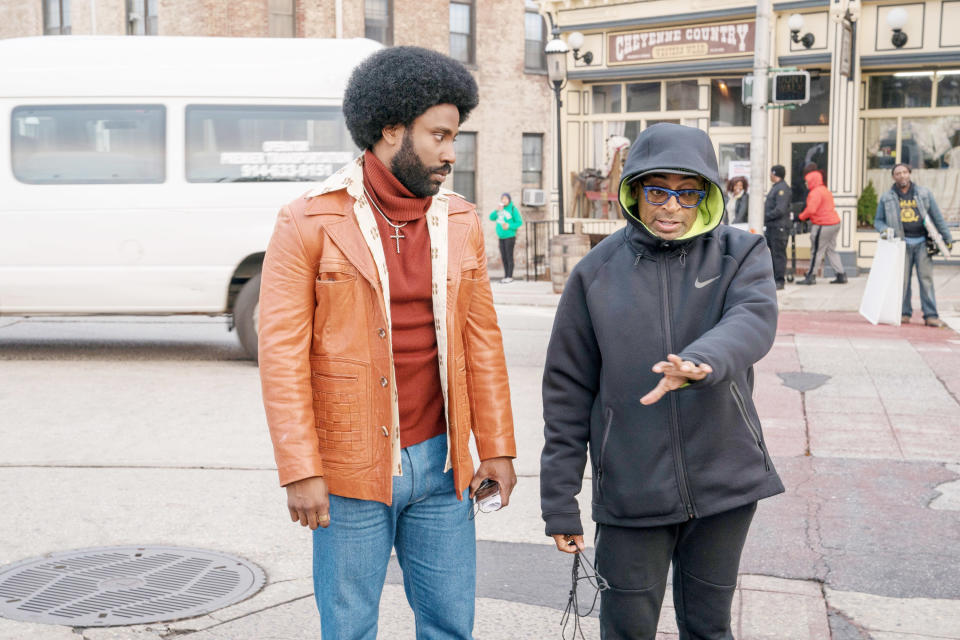
Lee told Rolling Stone, "John David is amazing in this movie. That phrase 'the fruit doesn’t fall far from the tree' — there’s a reason people say that. He is Denzel Washington’s first son. That’s a big, big burden. But he’s also his own man. I have a history with him. His first film was Malcolm X." Lee recalled that Washington was about 6 years old when he appeared in the 1992 biopic.
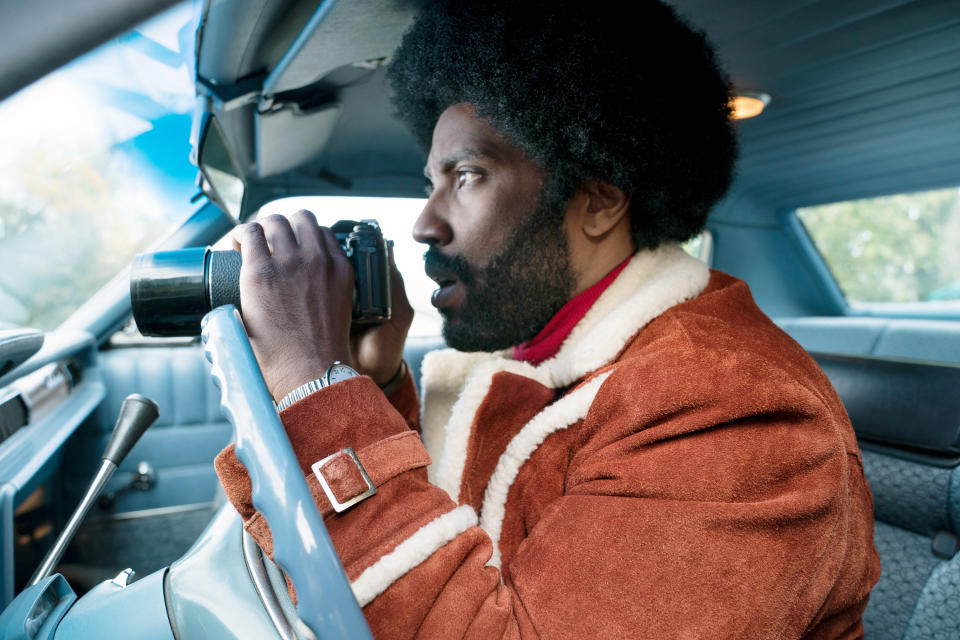
18.Lee told Fandango that BlacKkKlansman is the first film he's ever shot where no scenes were deleted during the editing process. Said Lee, "And that never happens with me. There's not a scene that we shot that did not make the film. ... That’s a first. I don’t know, but it worked."

In the same interview, Lee said that when producer Jordan Peele pitched him the idea, he had to double-check that it was actually a true story. Lee said, "Maybe people just didn't believe it. ... It is a great thing because it's so hype. You can't get a more Hollywood concept: Black man infiltrates Ku Klux Klan. That's high concept at the utmost!"
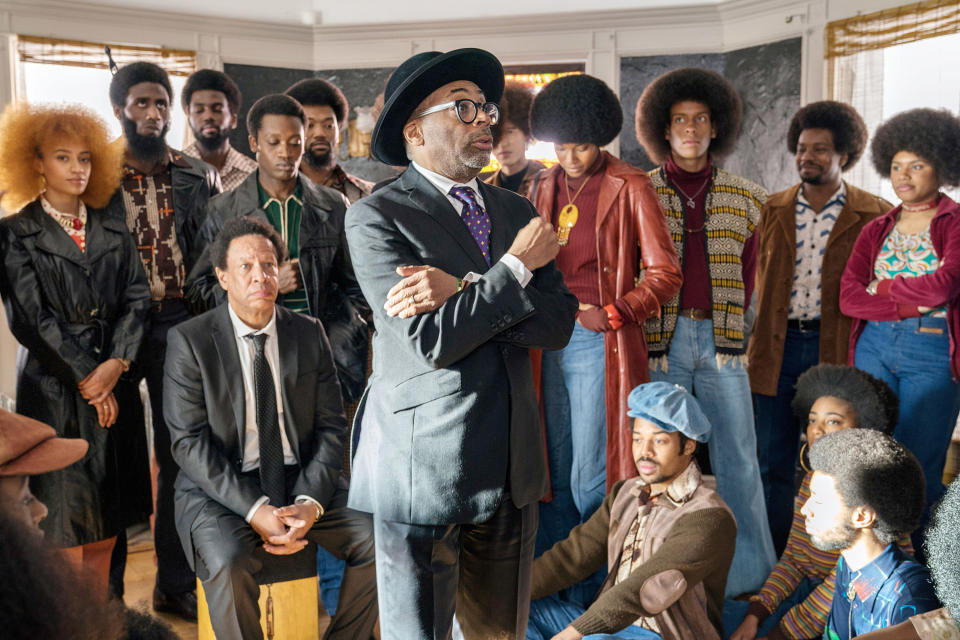
19.In Da 5 Bloods, Lee decided not to use de-aging special effects for scenes where his cast played their younger selves.

Lee told Vulture that he didn't think he would get the budget needed to believably de-age the actors, like Martin Scorsese did for The Irishman. He added, "And I dislike when films get different actors to play younger versions of the main characters. Also, makeup or prosthetics would’ve melted in the 100-degree heat."

However, the lack of artificial youth was itself a commentary on the characters' states of mind. Said Lee, "It just works. These guys are going back in time, but this is how they see themselves. We did research screenings, and no one made an issue of it. Hollywood doesn’t give audiences enough credit for their intelligence."
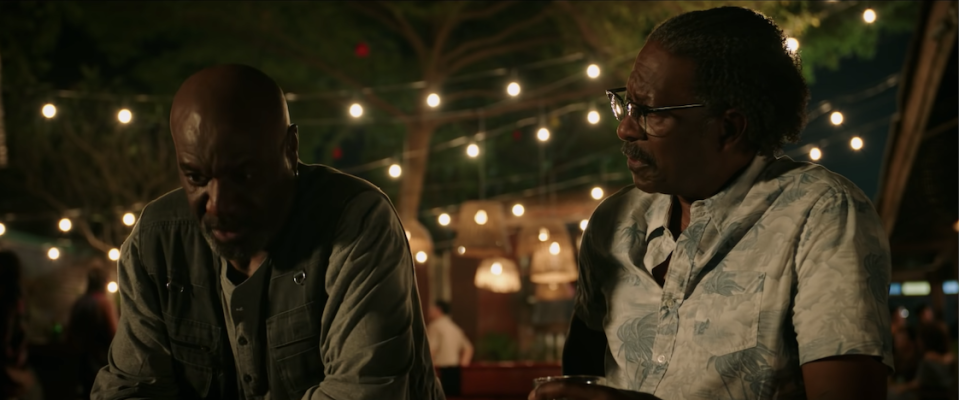
20.And finally: Da 5 Bloods was the second-to-last film Chadwick Boseman starred in prior to his death in August 2020 from colon cancer; he was diagnosed in 2016, and the disease had progressed from Stage 3 to Stage 4 by the time of his death. Boseman kept his condition a secret, and Spike Lee didn't realize he was sick while directing him.
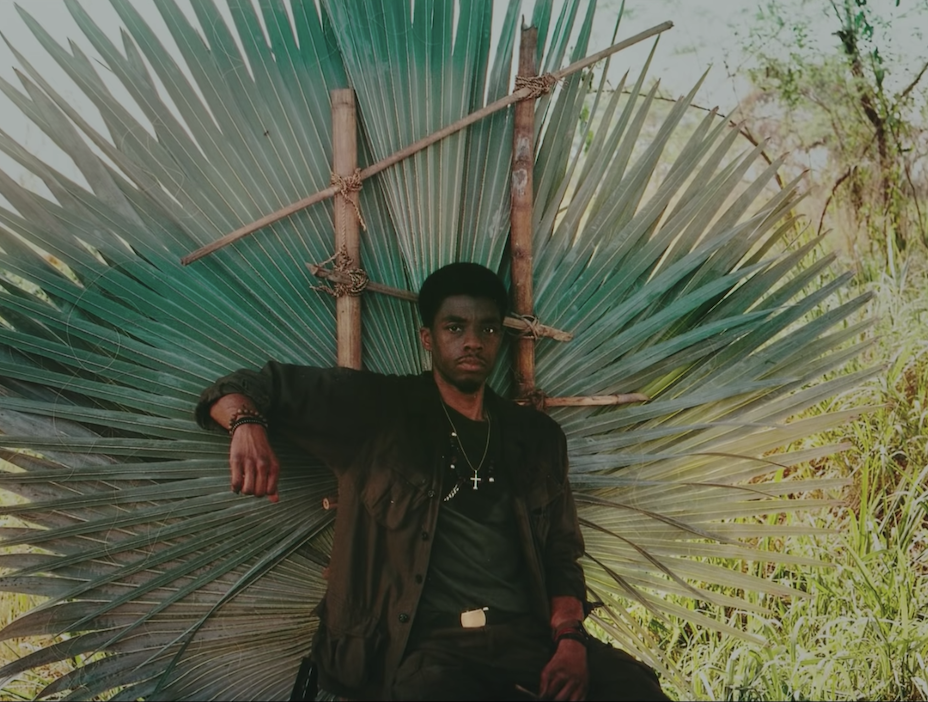
Lee told NPR that when he and his wife, Tonya, watched the film the day after learning of Boseman's death, they noticed that there was "a heavenly light that was shining down though the trees in the jungle on our brother Chadwick."
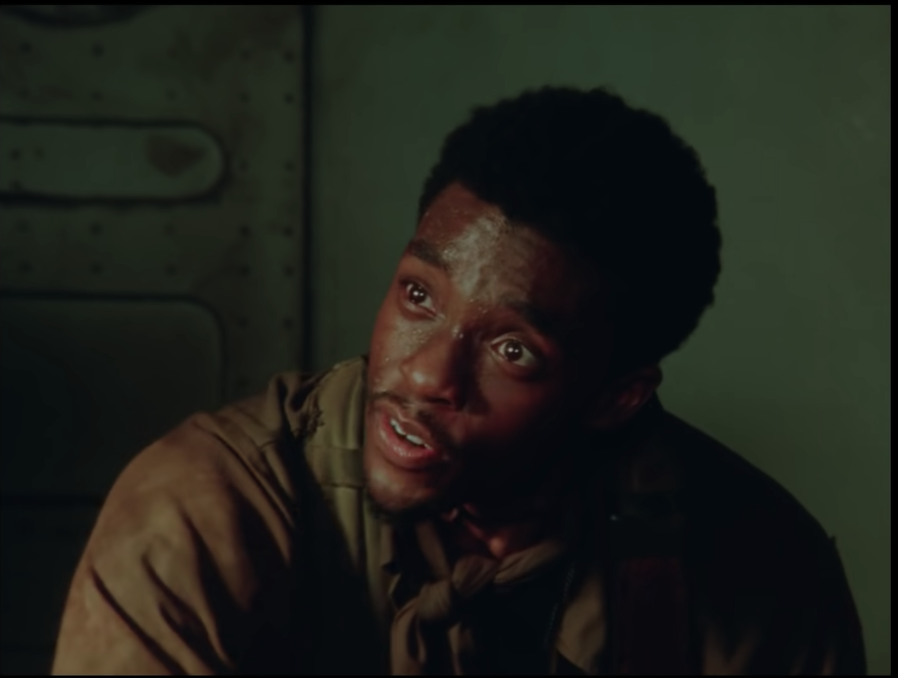
During the same interview, Lee said, "The first battle sequence, he has to run, like, 100 yards, and I was telling him to run like Usain Bolt. If I had known that he was terminally ill, I would not ask him to do that. And that's the reason why he didn't tell me. He didn't want to take any shorts."

Make sure you head here for more of our Black History Month coverage!
